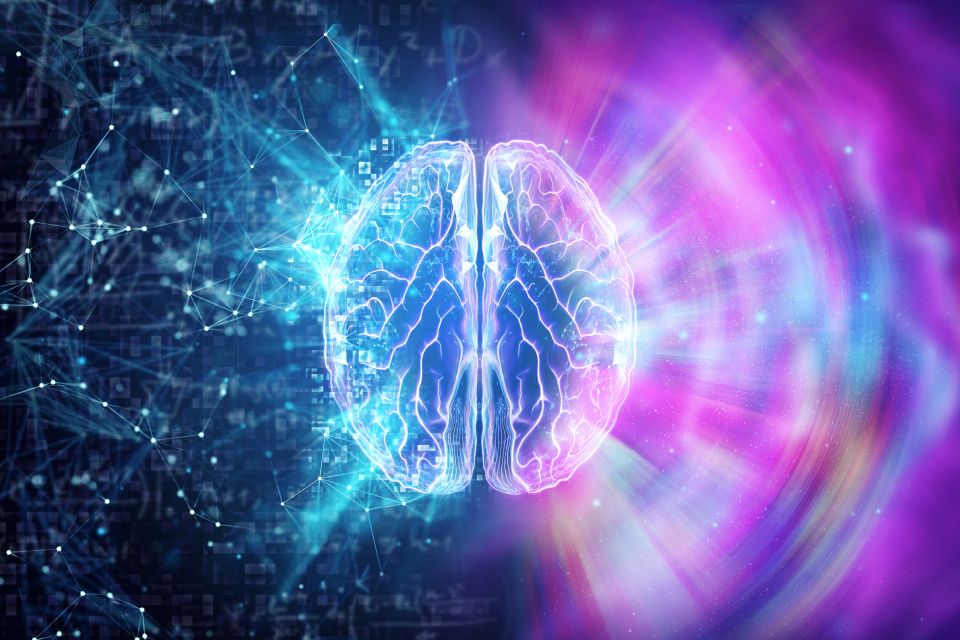The findings led by the Mark and Mary Stevens Neuroimaging and Informatics Institute (Stevens INI) at the Keck School of Medicine of USC open new pathways for discoveries about mental illness, neurological disorders and other diseases related to defects in this part of the brain.
The corpus callosum is critical for nearly everything the brain does, and abnormalities in its shape and size have long been linked to disorders such as ADHD, bipolar disorder, and Parkinson’s disease. Until now, the genetic underpinnings of this vital structure remained largely unknown.
MORE FROM ARTIFICIAL INTELLIGENCE
In the new study, published in Nature Communications, the team analysed brain scans and genetic data from over 50,000 people, ranging from childhood to late adulthood, with the help of a new tool the team created that leverages artificial intelligence.
“We developed an AI tool that finds the corpus callosum in different types of brain MRI scans and automatically takes its measurements,” said Shruti P. Gadewar, co-first author of the study and research specialist at the Stevens INI. Using this tool, the researchers identified dozens of genetic regions that influence the size and thickness of the corpus callosum and its subregions.
“These findings provide a genetic blueprint for one of the brain’s most essential communication pathways,” said Ravi R. Bhatt, PhD, co-first author of the study and a post-doctoral scholar at the Stevens INI’s Imaging Genetics Center. “By uncovering how specific genes shape the corpus callosum and its subregions, we can start to understand why differences in this structure are linked to various mental health and neurological conditions at a molecular level.”
The study discovered that different sets of genes govern the area versus the thickness of the corpus callosum, two features that change across the lifespan and play distinct roles in brain function. Several of the implicated genes are active during prenatal brain development, particularly in processes like cell growth, programmed cell death, and the wiring of nerve fibres across hemispheres.
“This work demonstrates the power of using AI and large-scale databases to uncover the genetic factors driving brain development,” said Neda Jahanshad, PhD, associate professor of neurology and senior author. “By linking genetics to brain structure, we gain critical insight into the biological pathways that may underlie psychiatric and neurological diseases.”
Notably, the study found genetic overlap between the corpus callosum and the cerebral cortex -the outer layer of the brain responsible for memory, attention, and language – as well as with conditions such as ADHD and bipolar disorder.
“These connections underscore that the same genetic factors shaping the brain’s communication bridge may also contribute to vulnerabilities for certain disorders,” said Jahanshad.
The researchers have made their new AI-based tool publicly available to accelerate future discoveries. The software, developed at the Stevens INI, uses advanced machine learning to identify and measure the corpus callosum from MRI scans automatically. The team said this approach allows scientists to analyse brain structure at an unprecedented scale and level of precision, reducing years of manual work to hours.

